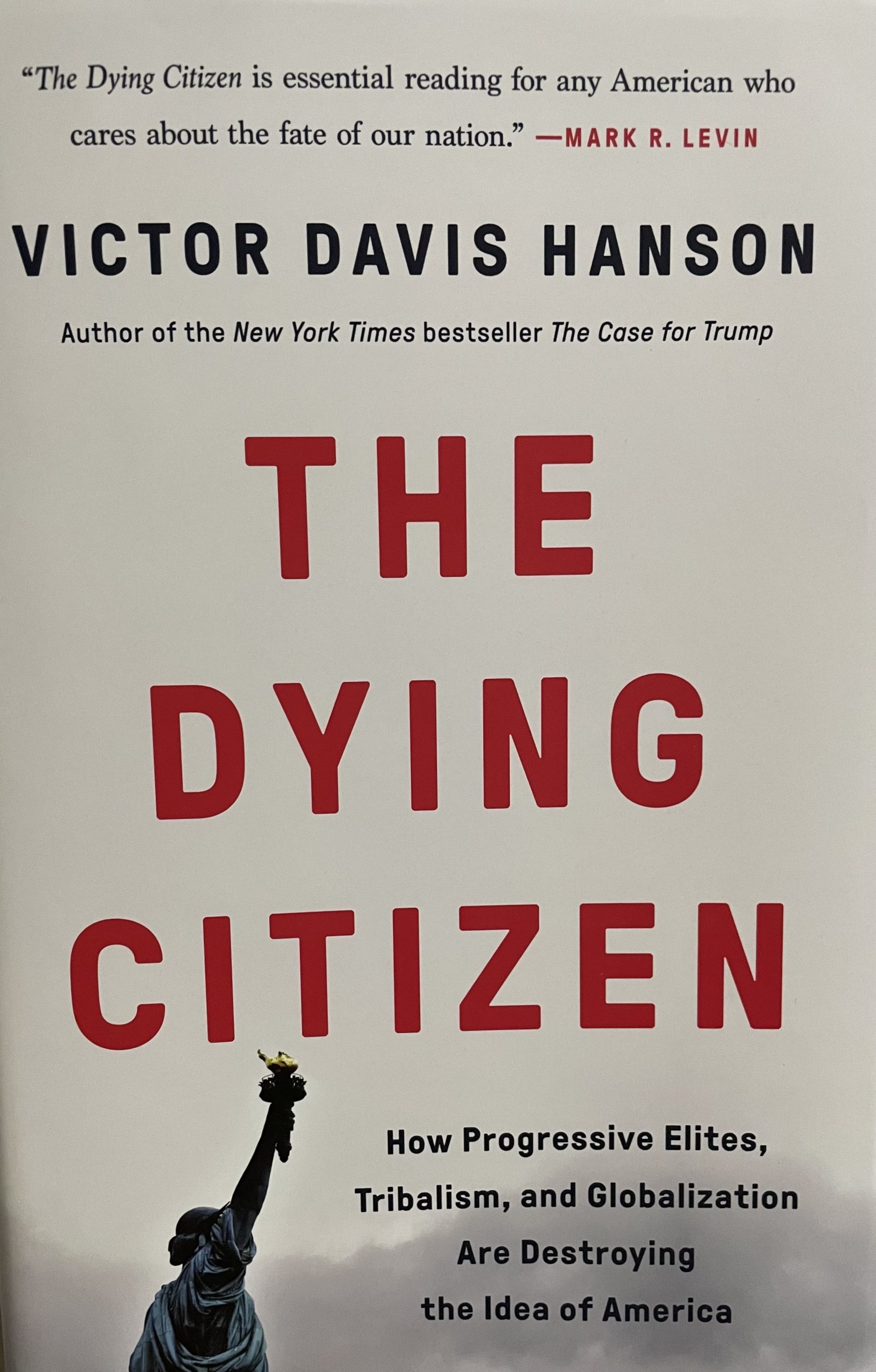If America is a free-market system, then why does it impose a central planning model on humanitarian aid?, a George Mason University economist asks. . “No one denies that people suffer around the world,” Christopher Coyne noted in remarks at the Cato Institute but avers that “it’s very possible…that [aid] generates negative costs” even if it is “driven by the best intentions.”
Coyne is the author of the book Doing Bad by Doing Good, which examines the results of government-based humanitarian aid. An example? The World Bank, to which the U. S. is a major contrbutor. It “continually takes on challenges that it can’t possibly [succeed],” Coyne claims, which only leads to “enormous waste.” “Mission creep” is also a problem, namely when bureaucrats undertake projects well beyond their expertise.
The primary problem is that America has a caretaker-focused humanitarian policy, Coyne argues, quoting Hillary Clinton on how “there are no limits on what is possible or what can be achieved” in aid efforts. Unfortunately, there are limits on what aid can achieve as well as on accountability when projects fail.
When, as frequently happens, central planning goes awry, “no one is being fired,” Coyne notes.
Spencer Irvine is a staff writer at Accuracy in Academia.
If you would like to comment on this article, e-mail mal.kline@academia.org.










